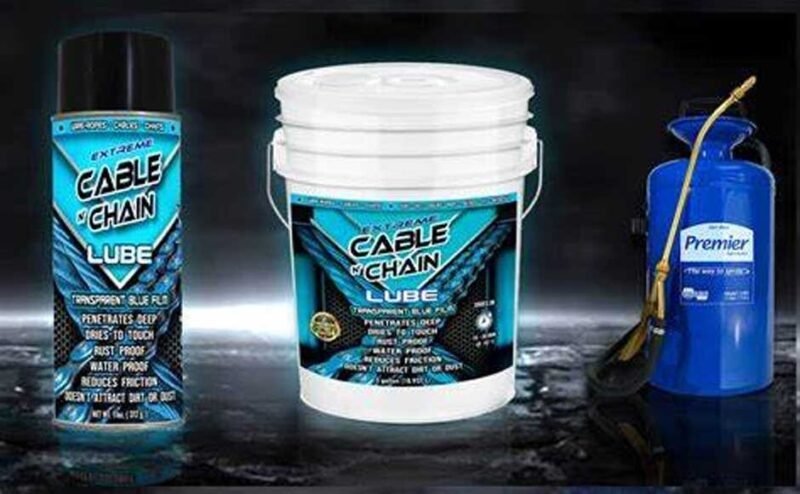When considering maintenance for industrial machinery, selecting the right wire rope lubricant is essential for ensuring long-lasting performance and safety. Wire ropes are critical components in various industries, from construction to shipping, and their longevity can be significantly enhanced with the proper care and lubrication. In this article, we will explore the key factors in choosing the best lubricant for wire ropes, helping you extend their service life and maintain operational efficiency.
Understanding the Role of Lubricants
Lubricants serve multiple purposes when it comes to wire ropes. Primarily, they reduce friction between the strands and wires, minimizing wear and tear. Additionally, lubricants protect against corrosion by providing a barrier against moisture and other environmental elements. This protection is crucial, especially in harsh conditions where exposure to water, chemicals, or extreme temperatures is common.
Types of Wire Rope Lubricants
There are several types of wire rope lubricants, each designed to meet specific operating conditions and performance requirements. The main categories include:
- Penetrating Lubricants: These are designed to penetrate deep into the wire rope, reaching the core and the inner strands. They are ideal for applications where the rope is subjected to heavy loads and requires internal lubrication to prevent strand-on-strand wear.
- Coating Lubricants: These provide a protective layer on the surface of the wire rope. They are effective in preventing external corrosion and are suitable for environments where the rope is exposed to corrosive substances.
- Biodegradable Lubricants: As sustainability becomes increasingly important, biodegradable options are gaining popularity. They offer effective lubrication while minimizing environmental impact, making them suitable for industries that prioritize eco-friendly practices.
Factors to Consider When Choosing a Lubricant
Selecting the right lubricant involves considering various factors that influence its effectiveness and compatibility with your specific application.
1. Operating Environment
The environmental conditions in which the wire rope operates play a significant role in lubricant selection. For example, marine environments require lubricants with superior corrosion resistance, while high-temperature settings may necessitate lubricants with thermal stability.
2. Load and Stress
The load and stress levels the wire rope experiences can affect the choice of lubricant. Heavy-duty applications might benefit from penetrating lubricants that ensure internal lubrication, reducing the risk of internal strand wear.
3. Compatibility
It’s important to ensure that the lubricant is compatible with the materials used in the wire rope. Some lubricants may cause deterioration of certain materials, leading to premature failure.
4. Application Method
Consider how the lubricant will be applied. Some lubricants are available in spray form, making them easy to apply, while others may require more involved application methods. Choosing a product that is easy to apply can save time and labor costs.
Best Practices for Lubrication
To maximize the effectiveness of wire rope lubricants, follow these best practices:
- Regular Inspections: Conduct routine inspections to assess the condition of the wire rope and determine when re-lubrication is necessary.
- Proper Application: Ensure that the lubricant is applied evenly, reaching all strands and covering the entire length of the rope.
- Avoid Over-Lubrication: While lubrication is crucial, over-lubricating can attract dirt and debris, leading to increased wear. Apply the recommended amount as specified by the manufacturer.
- Monitor Performance: Keep track of the lubricant’s performance and make adjustments as needed based on environmental changes or shifts in operational demands.
Conclusion
Selecting the right wire rope lubricant is pivotal in ensuring the longevity and performance of your equipment. By understanding the different types of lubricants and the factors that influence their effectiveness, you can make an informed decision that enhances the safety and efficiency of your operations. Remember to consider the specific needs of your application and follow best practices for maintenance to achieve optimal results. With the right lubricant, your wire ropes will withstand the test of time, delivering reliable performance in even the most demanding conditions.






You could certainly see your enthusiasm within the paintings you write. The sector hopes for even more passionate writers like you who aren’t afraid to say how they believe. All the time go after your heart.